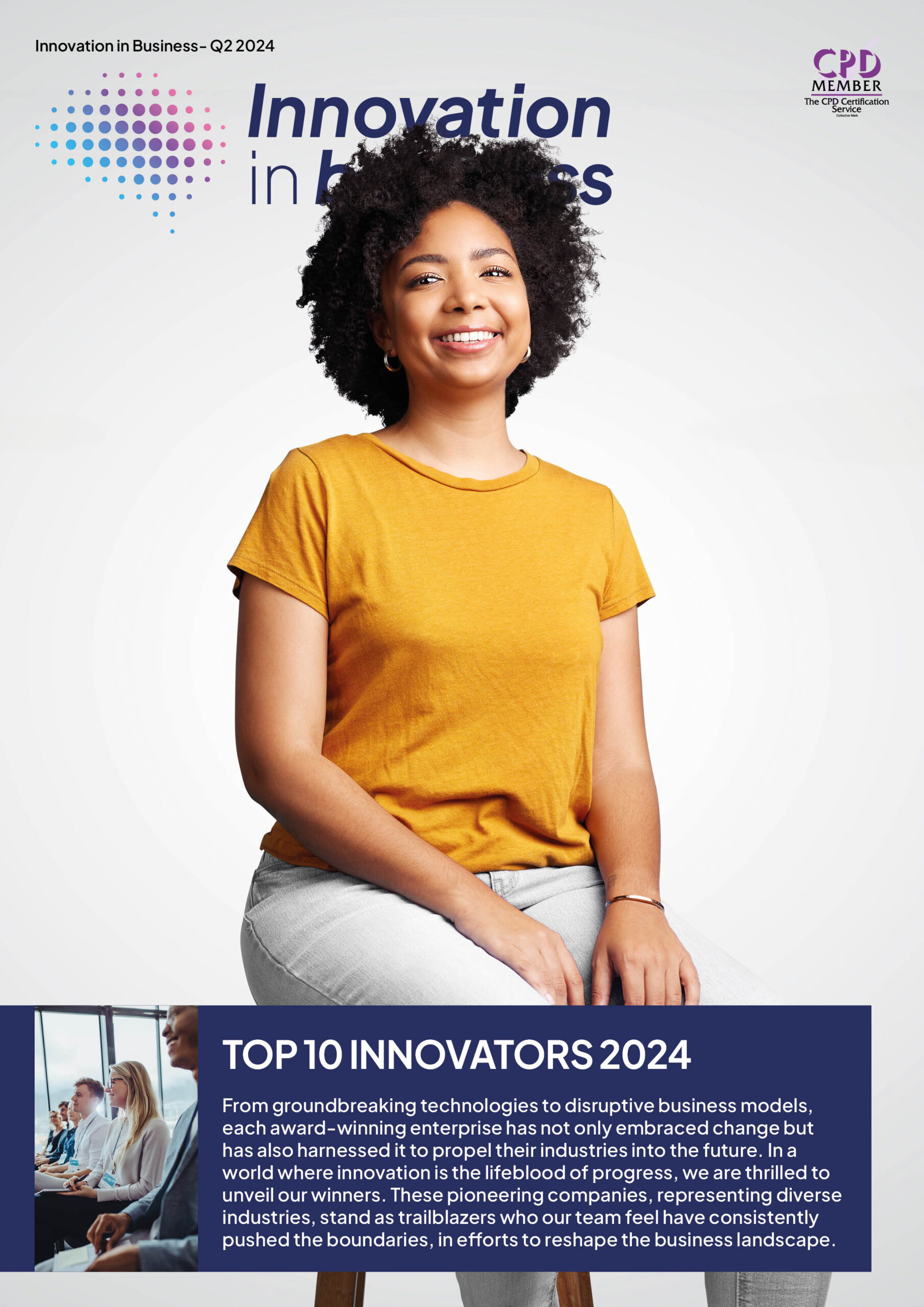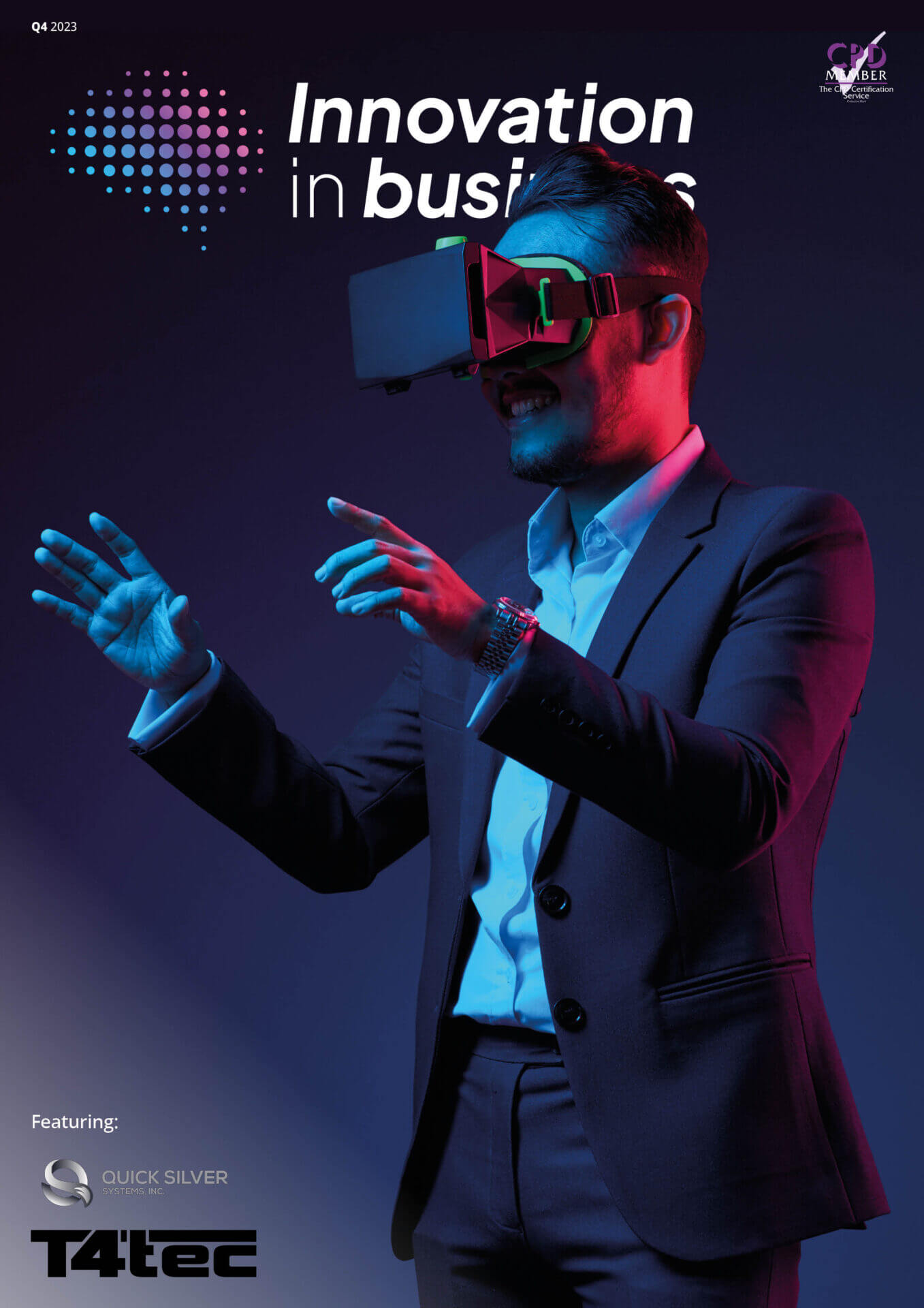
Unlocking the Potential of Engagement Technologies to Deliver Business Value
21 March 2023

More and more organisations are failing to get the results that they expect from their investments in engagement technologies. For quite some time now, businesses have been under significant pressure to transform where and how they interact with consumers in order to remain competitive.
As most of us comfortably adopted the ‘new norm’ of hybrid lifestyles, where we shift constantly between physical and digital worlds, seamless experiences have become the expectation, forcing marketing leaders to rethink their interaction strategies and question how effective their technologies are in supporting them.
Wide scale digital transformation has changed the future
Demand is not the only force exacting pressure on marketing leadership, but supply too, with the number of solutions increasing by 24% since 2020, and 9,932 now pitching for attention and business across the eco-system. The acceleration of wide scale digital transformation has led to an increase in the number of new entrants offering niche functionality and industry-specific products and services – at lower costs than their incumbents.
In particular, the significant growth of aggregators – systems that enable greater cohesion of technologies – is enabling more flexible and tailored technology stacks, providing opportunities to combine best-of-breed solutions that meet organisations’ needs more efficiently.
With reports of strong performance and ROIs being touted across business networks and social platforms, it’s easy to understand why marketing leaders are putting their existing investments under the spotlight.
Here, Murray Allan, practice director of customer strategy and engagement at Optima Partners, suggests three ways organisations can ensure their engagement technologies are efficiently delivering value for the business and the returns they expect.
Start with a well-defined customer strategy
Poorly formulated customer strategy can often be a cause of an apparent failure of an engagement technology. Ultimately, even the best technologies will not deliver business value if they’re driving the wrong outcomes.
Effective customer strategies start with a deep understanding of the value opportunity and dynamics of the customer base, and how they change over time. Factors you must consider include:
- Scale
- Reach
- Current and potential value
- Shared personas and behaviours
- Needs and interests
- Motivations and frustrations
Next, you must clearly articulate how to unlock that value through key value drivers – the series of actions and behaviours that generate positive customer and business outcomes.
The fundamental inputs engagement technologies rely on are tactical, data-driven interactions – key value drivers become the objective for these. The more customer outcomes that drive positive business value, the greater the return on investment.
Thoroughly evaluate technology ahead of investment
When it comes to technology, sometimes it can be difficult to separate a bold promise from what is commercially viable. Many organisations find themselves swept up in the publicity and marketplace hype and invest in technologies before fully comprehending how they will be applied and supported in the business. Before investing, evaluate all new technology against a well-defined set of capability requirements, and link these back to business objectives.
By avoiding scope creep and overinvestment in capabilities that are unnecessary, under-utilised, or too advanced for the business to support, the company can prevent wastage of resources.
Murray said: “Capability requirements should methodically capture not only technical business needs, but also establish how the technology will be used. Well-crafted requirements will support a more comprehensive vendor evaluation and make it easier to delineate between solutions, which is often the biggest challenge.”
“Before committing and investing, decision-makers should construct a sound cost-benefit analysis to fully understand the levels of risk and reward, and to validate the commercial mechanics involved in how the technology will deliver value. Examine any tolerances in assumptions, inputs, and probabilities by modelling an array of outcomes and assess the envelope in which the business is willing to operate, making sure any thresholds are valid and realistic targets.”
Technology relies on an efficient operating model
Some organisations place immediate blame on their technologies when things aren’t going to plan, citing gaps or limitations in capability and compatibility as a key driving force for underperformance.
While this can be the case sometimes, in most situations businesses overlook how the technology is being applied, used and supported by the business. As a result, investment in engagement technologies can be cyclical, with ‘rip-and-replace’ an all-too-common solution that doesn’t actually treat the problem. This behaviour consumes technical and business resources at great cost, and is likely to create significant technical debt. The cost of behavioural change is often underestimated.
In fact, technology is not always the issue, nor the answer. Any technology must be supported by an efficient operating model to be effective. To ensure it is being optimally applied, fully utilised, and effectively governed within the business, you need to build the correct competencies, content, and workflows around it.
This takes time and must be carefully planned and managed by the right people, which is necessary with any operating model change. Many organisations fail to understand the change required or that has yet to occur around their technologies. As a result, they try to do or expect too much too quickly from them.
For the process to be successful, you must invest time to define and plot a realistic capability roadmap to ensure technologies are properly embedded within an organisation’s operating model. By unlocking those efficiencies, a successful implementation can ultimately drive an increased return on investment.
You might also like

Technology
25 March 2025
Ransomware-As-A-Service Variants on the Rise With Critical Infrastructure Providers at the Greatest Risk

Business Advice
25 March 2025
Claims Processing Automation: How Insurers Can Cut Costs and Improve CX

Technology
18 March 2025
Secret Signs Your Internet Security Has Been Compromised






















